Deep in the skies above our heads, one of nature’s most remarkable feats of endurance unfolds year after year, largely unnoticed by human eyes. The Arctic Tern, a slender seabird with distinctive red beak and forked tail, embarks on the longest migration known in the animal kingdom—a staggering 10,000-mile journey from pole to pole. What makes this odyssey truly extraordinary is that these birds spend most of their lives in perpetual flight, forgoing the typical extended nesting periods that other migratory species require. This incredible journey represents not just a testament to evolutionary adaptation, but a masterclass in efficient energy use, celestial navigation, and the driving force of survival. As climate change alters our planet’s delicate balance, understanding this remarkable migration becomes increasingly urgent for conservation efforts worldwide.
The Arctic Tern: Master of the Skies
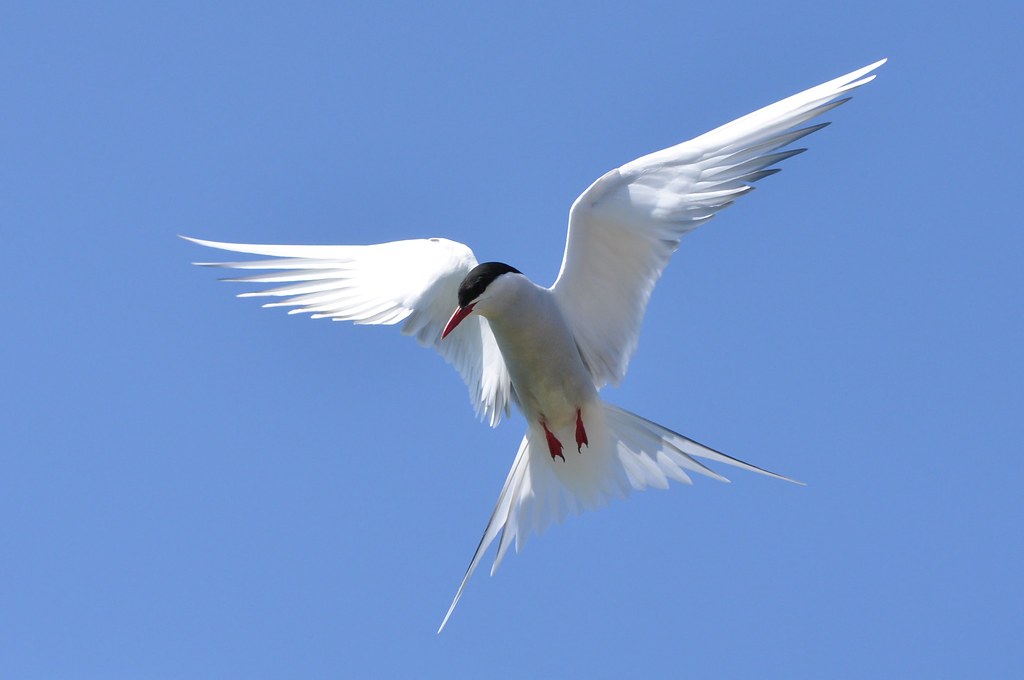
The Arctic Tern (Sterna paradisaea) presents a deceptively delicate appearance that belies its incredible stamina and resilience. Weighing merely 3-4 ounces and measuring about 13-15 inches from beak to tail, these birds possess wingspan-to-body-weight ratios that allow them to glide efficiently across vast distances. Their plumage transitions seasonally, with breeding adults displaying distinctive black caps against pure white bodies and light gray wings. Their bright red bills and legs create a striking contrast against their otherwise monochromatic appearance. These physical characteristics have evolved specifically to support their extraordinary migratory lifestyle, with every feature optimized for lightweight, aerodynamic efficiency necessary for continuous flight over enormous distances.
From Pole to Pole: Mapping the Epic Journey
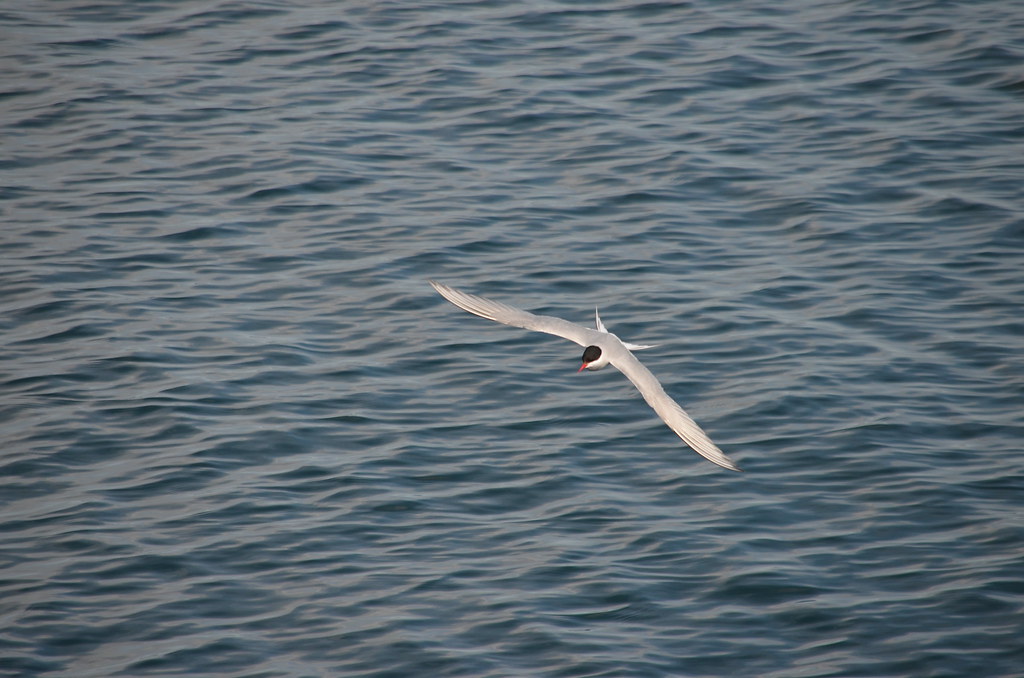
The Arctic Tern’s migration route represents one of the most ambitious journeys undertaken by any living creature. Beginning in the Arctic breeding grounds during the northern summer, these birds travel south along complex pathways across the Atlantic Ocean, eventually reaching the Antarctic waters where they spend the southern summer. Recent tracking studies using lightweight geolocators have revealed that these journeys aren’t simple straight lines but elaborate S-shaped routes that take advantage of global wind patterns. The complete round-trip journey often exceeds 44,000 miles annually, with some individuals documented traveling over 50,000 miles in a year. This circuitous route maximizes feeding opportunities while minimizing energy expenditure, demonstrating remarkable evolutionary optimization.
A Life in Perpetual Daylight
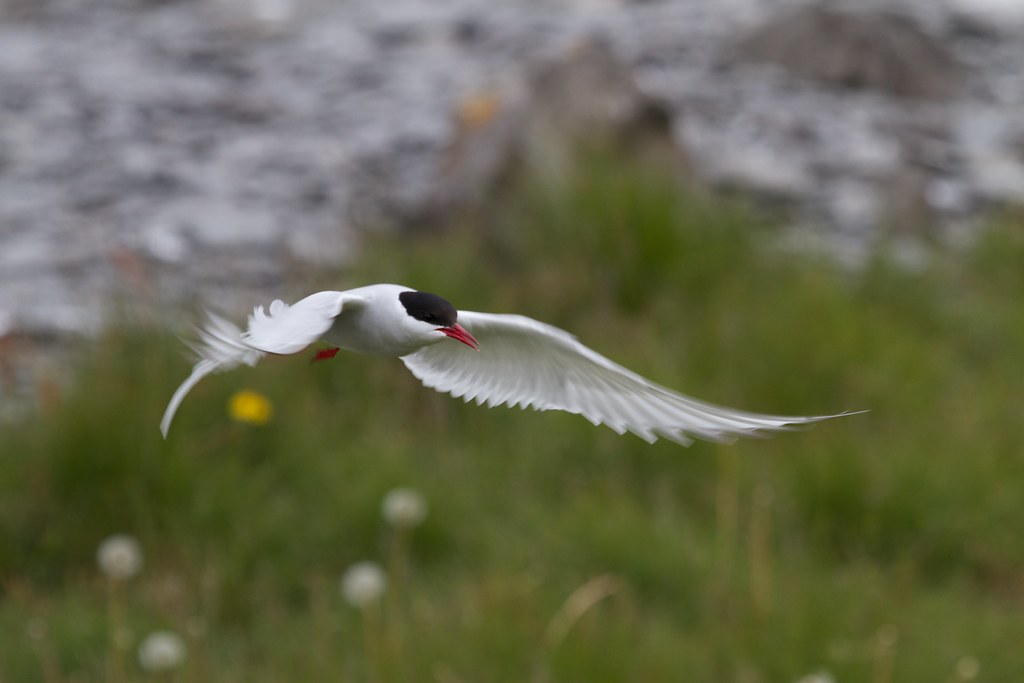
One of the most fascinating aspects of the Arctic Tern’s existence is that it experiences more daylight than perhaps any other creature on Earth. By migrating between the Arctic and Antarctic polar regions, these birds effectively chase summer around the globe, experiencing two summers and very little darkness throughout their lives. This perpetual daylight maximizes feeding opportunities as the terns hunt primarily by sight, diving gracefully into ocean waters to catch small fish and crustaceans. Researchers estimate that an Arctic Tern may experience the equivalent of three Earth years’ worth of daylight during a single 30-year lifespan. This unique adaptation allows the species to maintain near-continuous foraging, essential for sustaining their energetically demanding lifestyle.
Breeding on the Run: Minimal Nesting Behavior
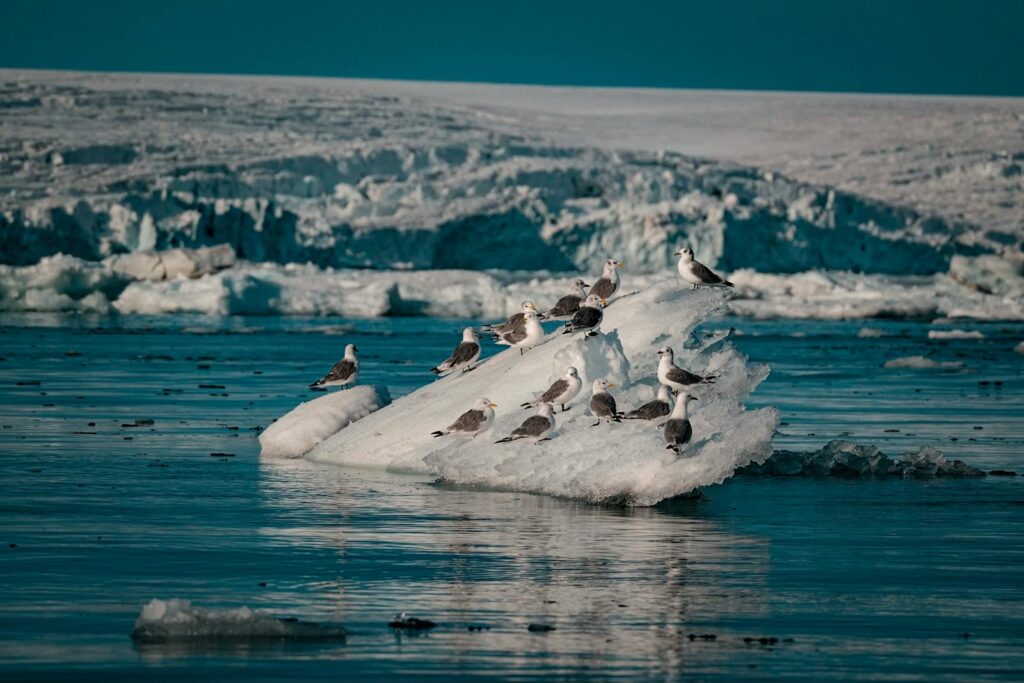
Unlike many migratory birds that establish elaborate nests and spend considerable time raising their young, Arctic Terns practice a highly compressed breeding strategy. They establish simple scrape nests on the ground in Arctic regions, where both parents take turns incubating eggs for just 21-24 days. After hatching, chicks develop rapidly, achieving flight capability within 21-28 days—remarkably fast compared to many other seabirds. This compressed breeding cycle allows Arctic Terns to maximize their time in productive feeding grounds rather than lingering in one location. The efficiency of their reproductive strategy represents a remarkable evolutionary compromise between the need to reproduce and the demands of their extreme migratory lifestyle.
Navigation Mysteries: How They Find Their Way
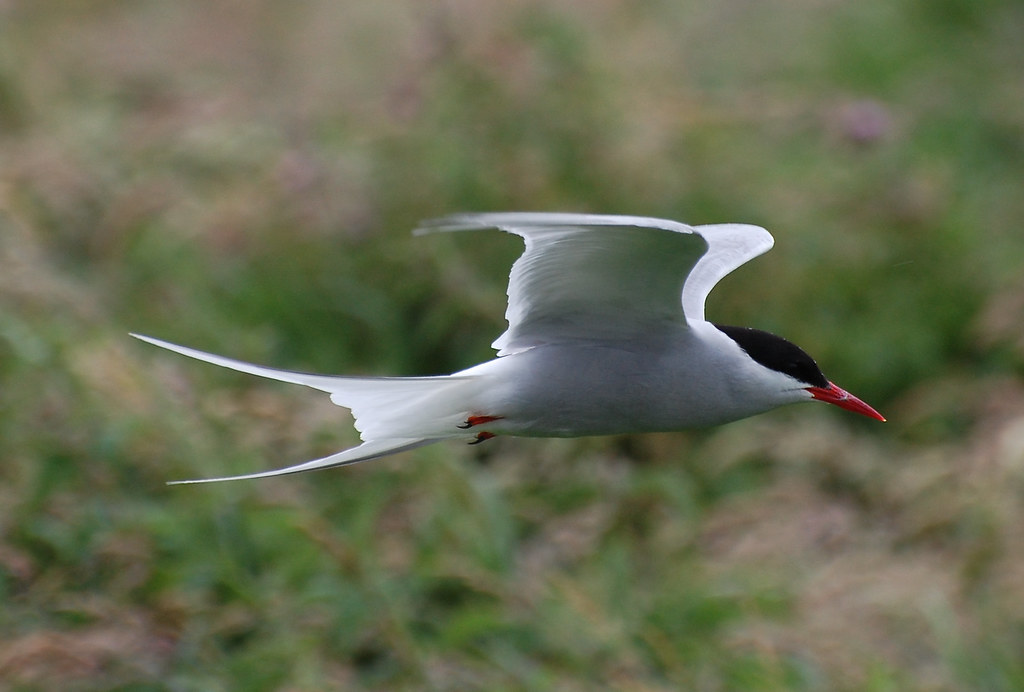
The precision with which Arctic Terns navigate their global journeys remains one of ornithology’s most fascinating areas of research. Scientists believe these birds employ multiple navigation systems, including magnetic sensitivity that allows them to detect Earth’s magnetic field. Visual cues also play an important role, with evidence suggesting terns recognize coastlines, oceanic features, and possibly even star patterns. Recently, researchers have discovered that Arctic Terns possess specialized cells in their brains containing magnetite, a naturally magnetic mineral that likely functions as an internal compass. Perhaps most impressive is their ability to compensate for wind drift and other environmental challenges in real-time, adjusting their flight paths with remarkable precision despite traveling thousands of miles across featureless ocean expanses.
Fueling the Journey: Feeding Strategies
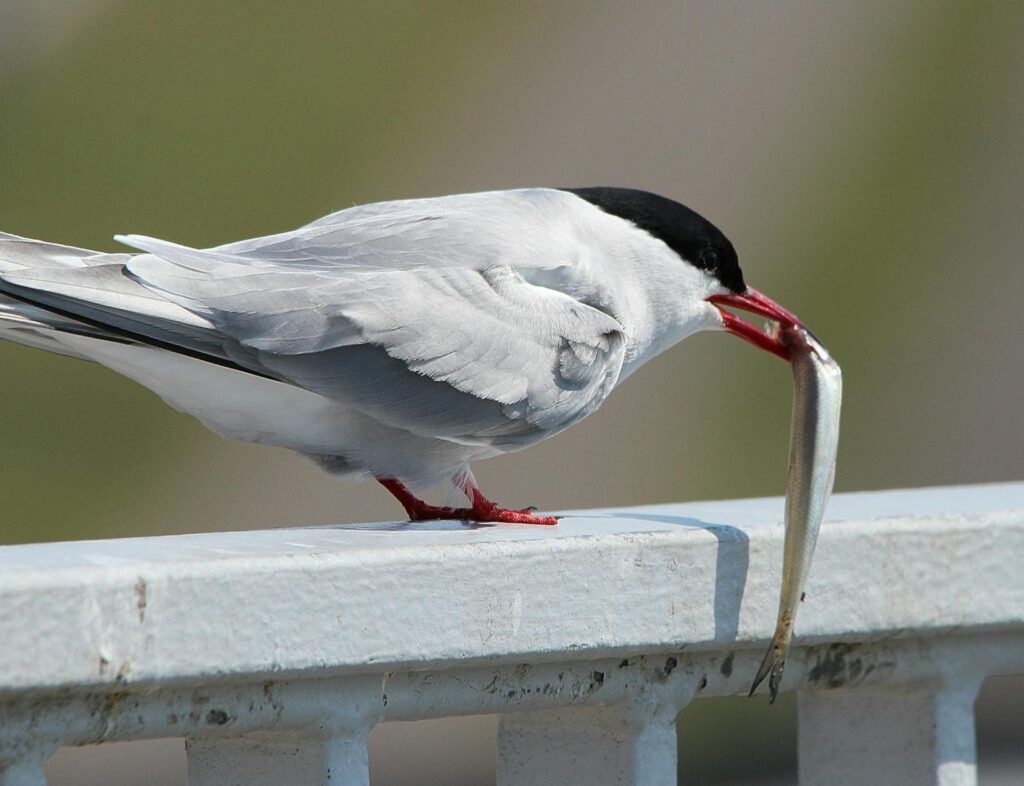
Sustaining such extraordinary migration requires highly efficient feeding strategies that Arctic Terns have perfected over evolutionary time. These birds are primarily piscivorous, feeding on small fish such as sand eels, herring, and capelin, which they capture through spectacular plunge-diving maneuvers from heights of up to 20 feet. They supplement their diet with marine invertebrates, particularly in Antarctic waters where krill becomes a dietary staple. Remarkably, Arctic Terns can process their food extremely efficiently, extracting maximum caloric value while minimizing weight gain that would impede flight efficiency. Their feeding grounds are carefully selected to coincide with seasonal marine productivity cycles, effectively allowing the birds to “surf” waves of abundance as they move between hemispheres.
The Science of Tracking: Modern Research Techniques
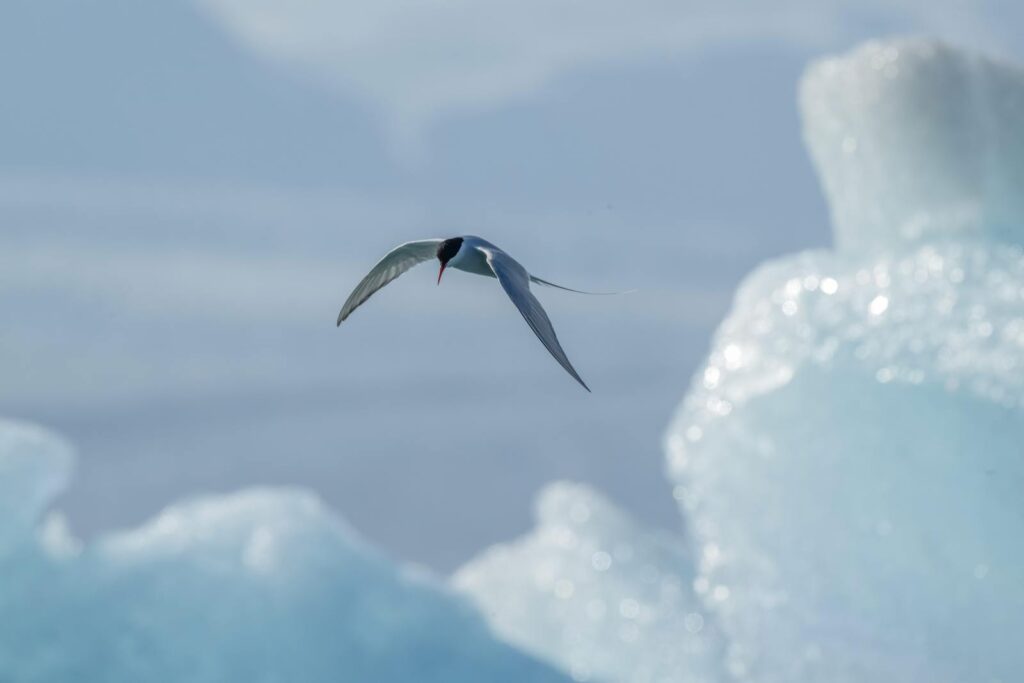
Until relatively recently, the full extent of the Arctic Tern’s migration remained largely a mystery, with scientists piecing together evidence from sporadic sightings across the globe. The advent of miniaturized tracking technology has revolutionized our understanding of their journeys. Modern geolocators weighing less than a gram can be attached to the birds without impeding their flight, recording light levels that indicate longitude and latitude positions throughout the year. More advanced GPS trackers now provide even more precise data, revealing previously unknown stopover locations and exact flight paths. A groundbreaking 2010 study led by researchers from Newcastle University first documented the full migration route, shocking scientists with the discovery that some birds traveled over 50,000 miles annually—nearly twice what was previously believed.
Physical Adaptations for Endless Flight
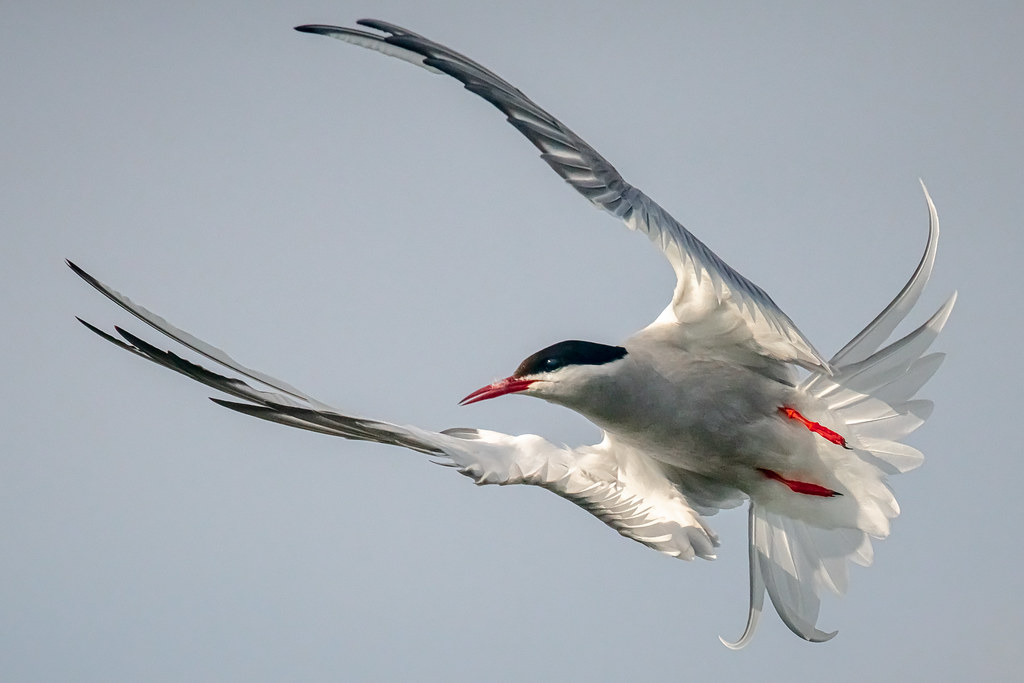
The Arctic Tern’s body represents a marvel of evolutionary engineering specifically adapted for their extreme lifestyle. Their wings are proportionally longer and narrower than those of related tern species, providing the ideal shape for efficient gliding over vast distances. Their respiratory system features enhanced air sacs that maximize oxygen extraction during flight, while their cardiovascular system includes a proportionally larger heart that supports sustained aerobic activity. Perhaps most remarkable is their ability to enter a state similar to “half-sleep,” where one brain hemisphere remains alert while the other rests, allowing them to continue flying safely while partially sleeping. These physical adaptations work in concert to create a biological machine perfectly suited for a life spent largely on the wing.
Population Challenges and Conservation Status
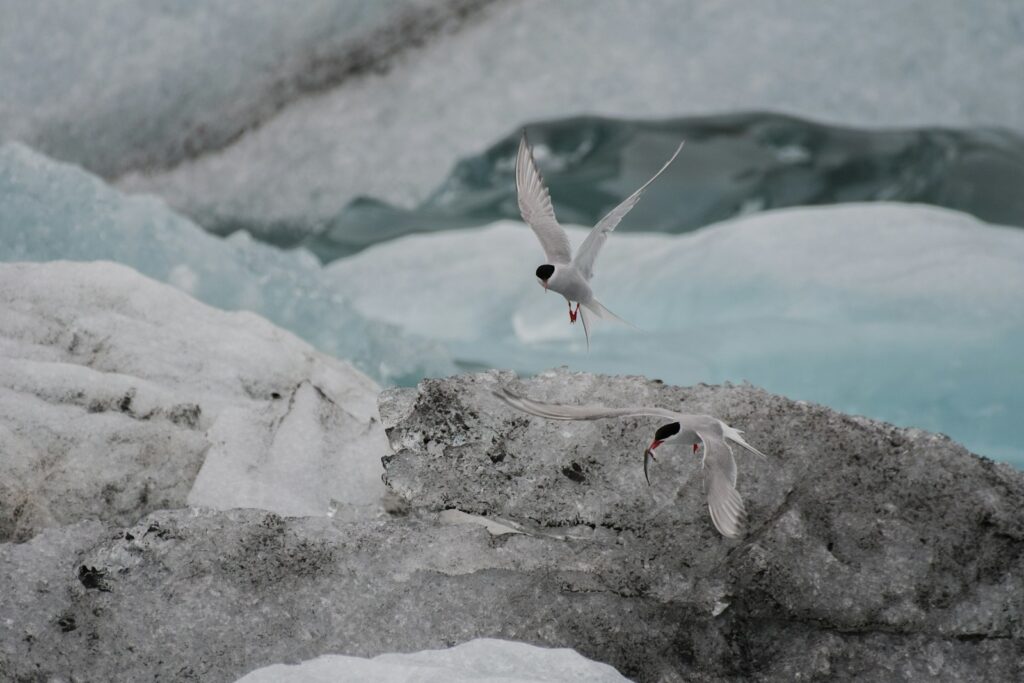
Despite their remarkable adaptations, Arctic Tern populations face mounting challenges in the modern world. Climate change presents perhaps the greatest threat, as warming polar regions disrupt the delicate timing of marine productivity cycles upon which the terns depend. Overfishing reduces prey availability in critical feeding areas, while plastic pollution increasingly impacts marine food webs. The International Union for Conservation of Nature currently lists Arctic Terns as a species of “Least Concern,” but their population trend shows worrying declines in certain regions. Conservation efforts focus on protecting key breeding grounds and oceanic feeding areas through marine protected areas and sustainable fishing practices. Because Arctic Terns traverse nearly the entire globe during their lives, their conservation requires unprecedented international cooperation.
The Arctic Tern’s Role in Ecosystem Health
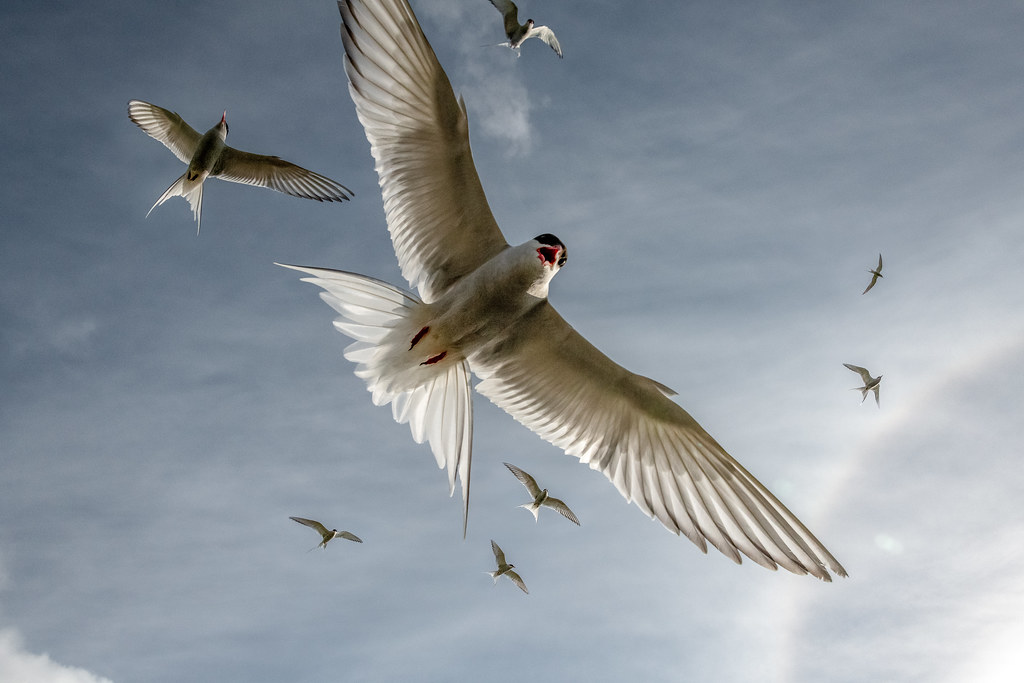
As a species that connects polar ecosystems separated by thousands of miles, Arctic Terns serve as important indicators of global marine health. Their presence and breeding success reflect conditions across multiple oceanic regions, making them valuable sentinels for environmental monitoring. These birds also play ecological roles in nutrient cycling, particularly in their breeding colonies where guano deposits enrich otherwise nutrient-poor Arctic environments. Recent research suggests they may also contribute to seed dispersal across oceanic barriers, carrying plant materials on their feathers or in digestive tracts across hemispheres. Their predatory role helps regulate populations of certain fish species, while their own eggs and chicks provide food for Arctic predators, demonstrating the complex interconnections they maintain across global ecosystems.
Cultural Significance Across Continents
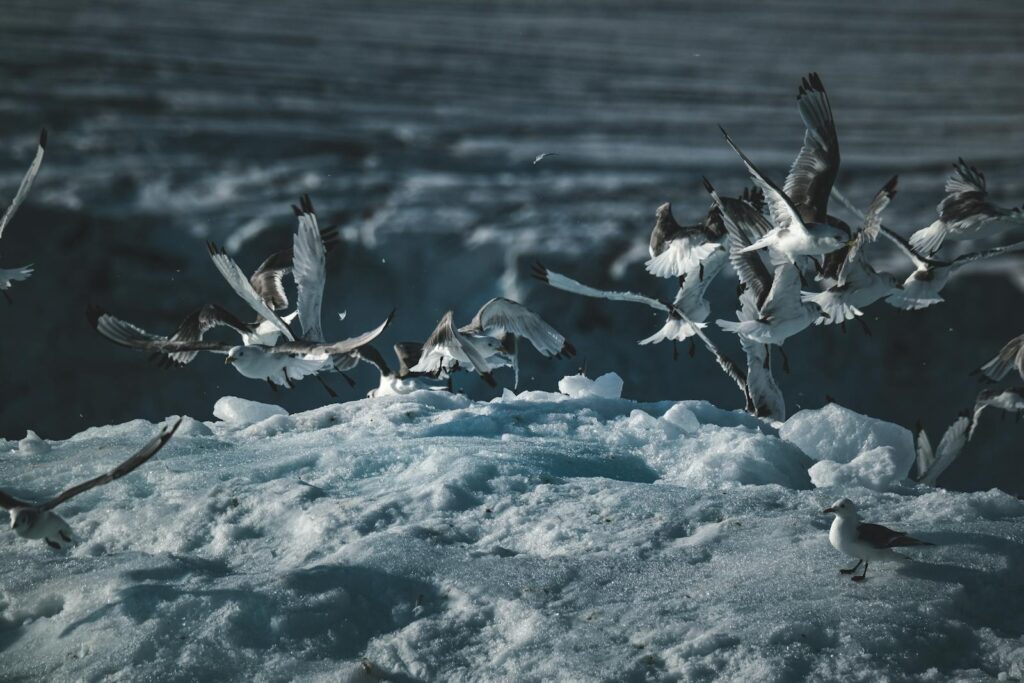
Throughout human history, Arctic Terns have captured the imagination of cultures spanning their vast migratory range. In Inuit traditions, these birds feature in creation stories and are considered harbingers of seasonal change, their arrival marking the beginning of summer hunting seasons. Nordic cultures historically viewed the birds as symbols of freedom and resilience, with sailing communities using their presence as navigation guides. In scientific circles, Arctic Terns have become emblematic of animal migration studies, inspiring generations of researchers to pursue careers in ornithology and conservation biology. Their incredible journey continues to serve as a powerful metaphor in literature and art, representing perseverance and the indomitable spirit of life on Earth.
Looking to the Future: Research Frontiers
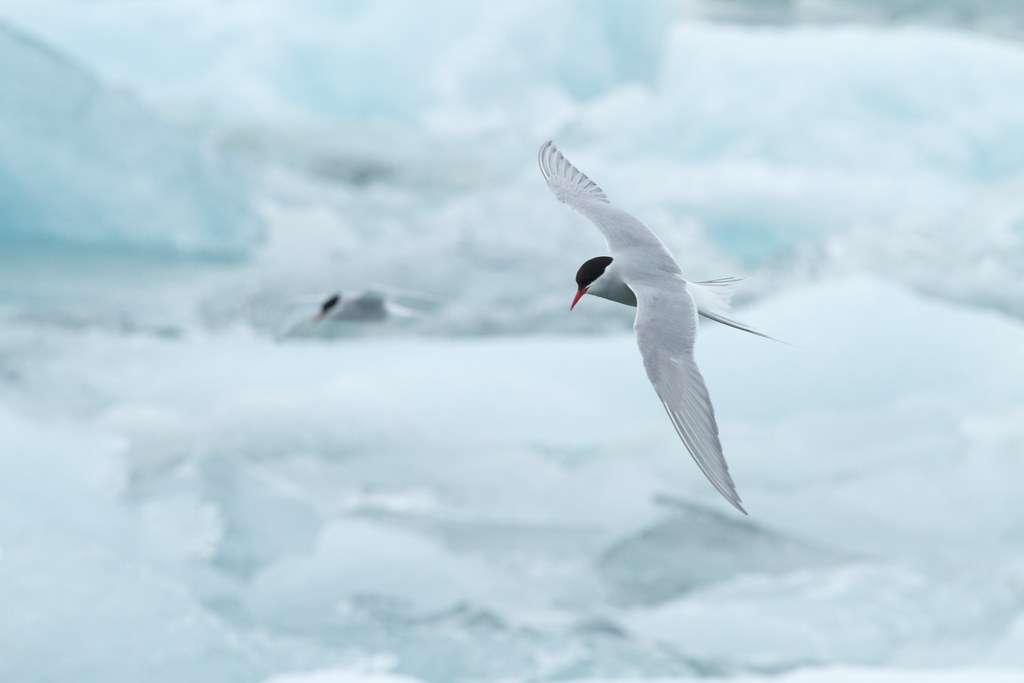
The study of Arctic Tern migration remains a dynamic field with significant questions still unanswered. Researchers are now focusing on understanding how individual birds may adapt their routes in response to changing climate conditions and how early life experiences shape migration patterns. Emerging research suggests potential genetic components to navigation abilities, with certain genetic markers correlating with migration success. Understanding the cellular mechanisms that allow terns to endure such physical exertion without succumbing to oxidative stress could have implications for human medical research. Perhaps most urgently, scientists are working to identify critical oceanic “hotspots” used during migration that require immediate conservation attention before they are degraded by human activities.
The Arctic Tern’s extraordinary pole-to-pole migration represents one of nature’s most awe-inspiring phenomena, pushing the boundaries of what we thought biologically possible. These remarkable birds, traveling distances equivalent to flying around Earth’s circumference multiple times during their lives, demonstrate the extraordinary adaptability of life on our planet. As climate change increasingly threatens the delicate timing and ecological conditions upon which their migration depends, the Arctic Tern becomes not just a marvel to admire but a critical indicator of our planet’s health. Their journey across hemispheres reminds us that nature recognizes no political boundaries, and that conservation efforts must similarly transcend borders if we hope to preserve such magnificent natural wonders for future generations to witness and study.
